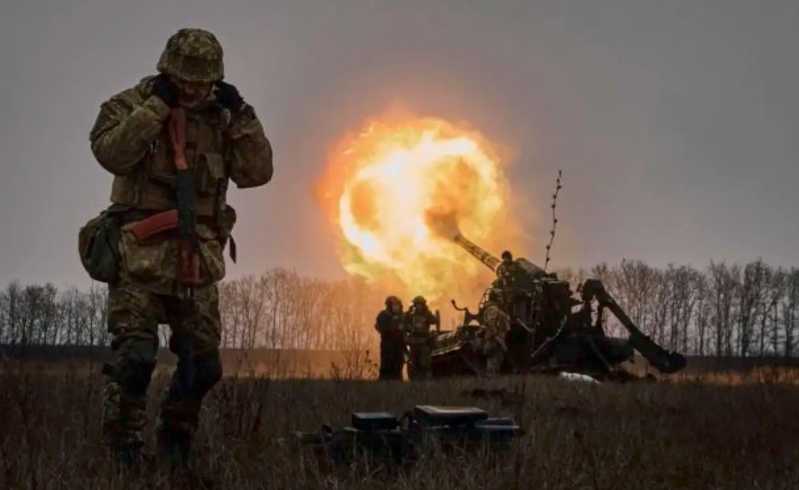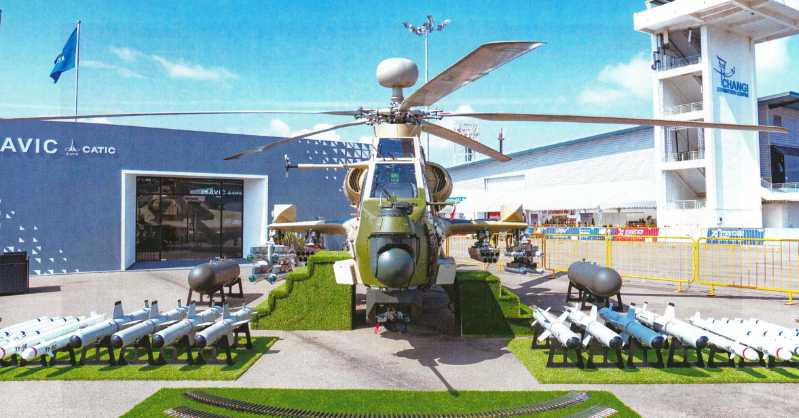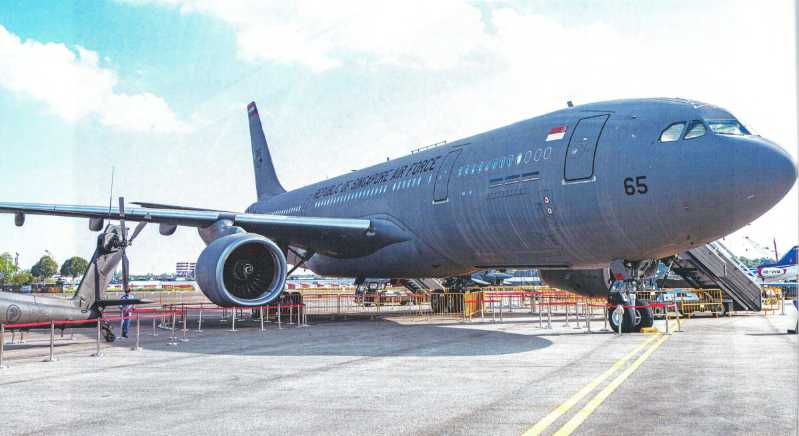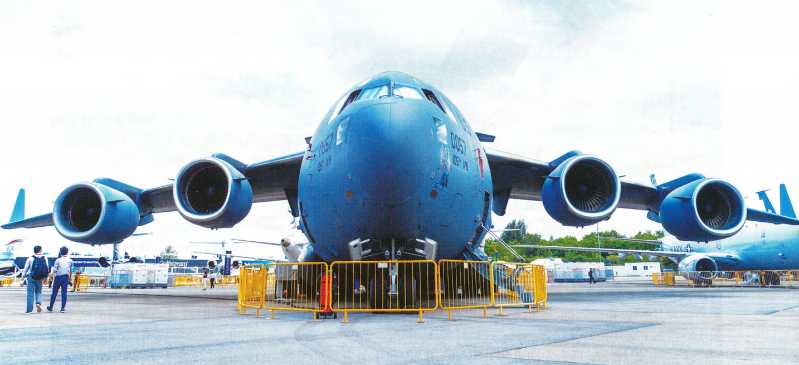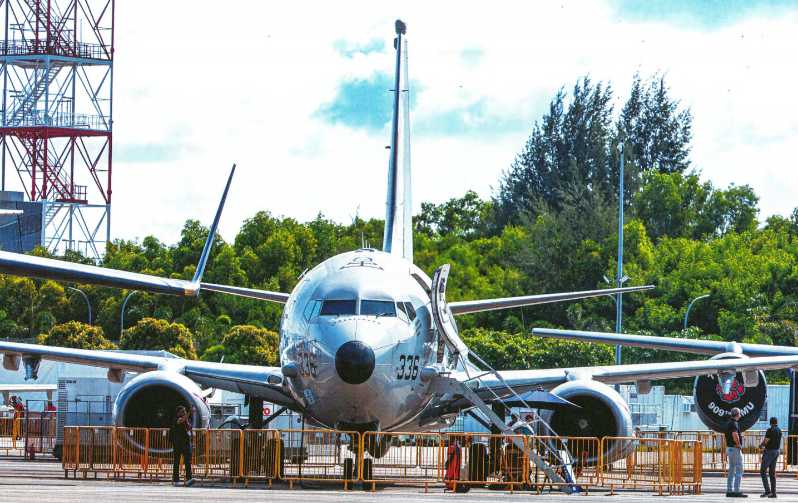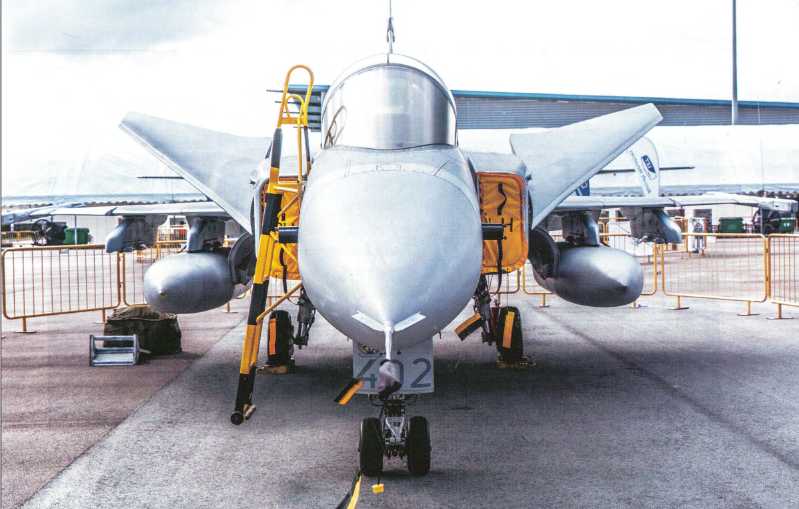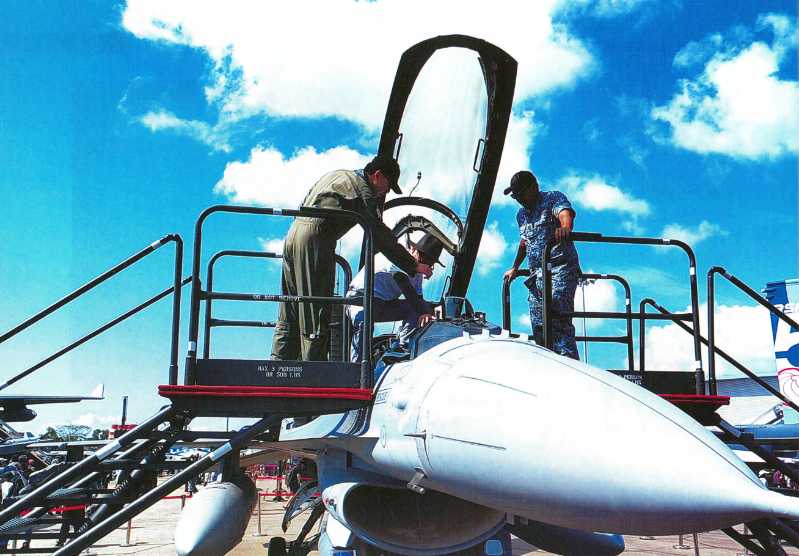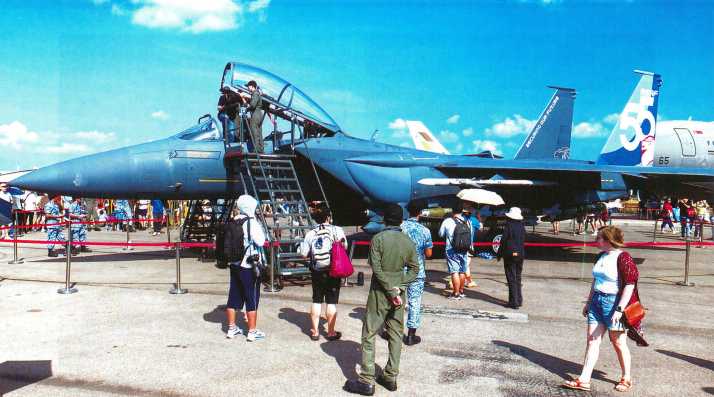Since the Russian side ended the Severodonetsk-Lisichansk campaign in July 2022, Bakhmut, located 20 kilometers west of Popasnaya, has become the focus of competition between Russia and Ukraine. From July to December 2022, the Russian Wagner Group fought with several main brigades of the Ukrainian Army in Bakhmut. When the battle reached its peak in November, foreign media estimated that the Russian Wagner Group had mobilized a total of 20,000 to 30,000 troops and was reinforced by the artillery brigade of the 2nd Army of Luhansk, while the Ukrainian Army concentrated 27 brigade-level units in Bakhmut. Bakhmut was dubbed a "meat grinder" by Western media for fighting to the death under the superior artillery fire of the Russian Army and paying a huge price. So, what is so special about Bakhmut that it has led to months of competition between Russia and Ukraine? During the competition, what kind of battle deployment did the two sides adopt, and how did each perform? This article analyzes this in depth.
A must-fight place
Bakhmut, as an important town in the northeast of Donetsk, is located in the valley of the Bakhmutovka River, about 22 kilometers east of Popasnaya, the western hub of Luhansk, 33 kilometers west of Slavyansk, an important town in the north of Donetsk, and 25 kilometers northeast of the important transportation hub Seversk (editor’s note: also translated as Seversk). The urban area of Bakhmut is mainly distributed along the river valley. The Bakhmutovka River divides the town into two halves, about 8 kilometers long from north to south and about 6.5 kilometers wide from east to west.
In addition to the central urban area, there are also many small and medium-sized villages and towns near the city of Bakhmut, which can serve as its barriers. For example, in the north of Bakhmut, there are villages such as Pidhradn, Krasnagra, and Paraskevika, in the west of the city there is Kolomov Ivanivsk Village, and in the south there are villages such as Krichchivka Opotin. It is worth mentioning that there are quite large towns in the east of the city, such as Pokrovsik, east of Ilovaisk in the southeast, and Soledar in the northeast. In particular, Soledar not only firmly controls the T-13-02 highway leading to Kamyanka-Lischansk, but also has the largest underground salt mine in Europe.
From the perspective of terrain, the city of Bakhmut itself is relatively low-lying, with the lowest altitude in the city center close to the river beach, only about 80 to 90 meters, but its surrounding areas are all at higher altitudes, and the terrain changes more dramatically. For example, from the center of Bakhmut to the intersection of the exit road in the east of the city, although the straight-line distance is only 4.6 kilometers, the altitude rises rapidly from 86 meters to 175 meters: the high ground north of Lumumba Street in the east of the city, although only 1.5 kilometers away from the city center, the altitude rises rapidly to 170 meters; Soledar in the northeast of the city, although its own altitude is not high, only 100 to 120 meters, but about 3 kilometers northeast of Soledar, in the village of Yakovlevka on T-13-02 Road, the altitude reaches 180 to 200 meters. The most dramatic terrain changes are in the south and west of Bakhmut. From Opotin to Krichchivka and then to Kurdjumivka, the distance in the south of Bakhmut is only more than 10 kilometers, but the altitude rises from more than 90 meters to 230 meters. 8 kilometers west of Bakhmut is the town of Chasov Yar with an altitude between -180 and 220 meters.
Overall, Bakhmut presents the characteristics of low terrain in the urban built-up area and high terrain in the surrounding area, with multiple commanding heights to overlook the terrain. Not only that, the terrain changes in Bakhmut are not isolated, but part of multiple watersheds in the east of Donetsk. For example, the terrain in the east of Bakhmut rises as a whole, forming a watershed running from north to south from Popasnaya Komishuvakha and Upper Kamyanka, while the terrain in the west rises as a whole, from Gorlovka, Kurdyumivka, Chasovyar, Tikhonovka to Myklevka, which are also part of the Kazinitolechi River and Bakhmutovka River watersheds that divide the Slavyansk city arc. The two watersheds in the east and west of Bakhmut are like two city walls. The "city wall" in the east blocks the enemy troops from entering Luhansk from the west, while the "city wall" in the west blocks the enemy troops from the east from approaching the Slavyansk city arc. Bakhmut is located right in the middle of the "city wall".
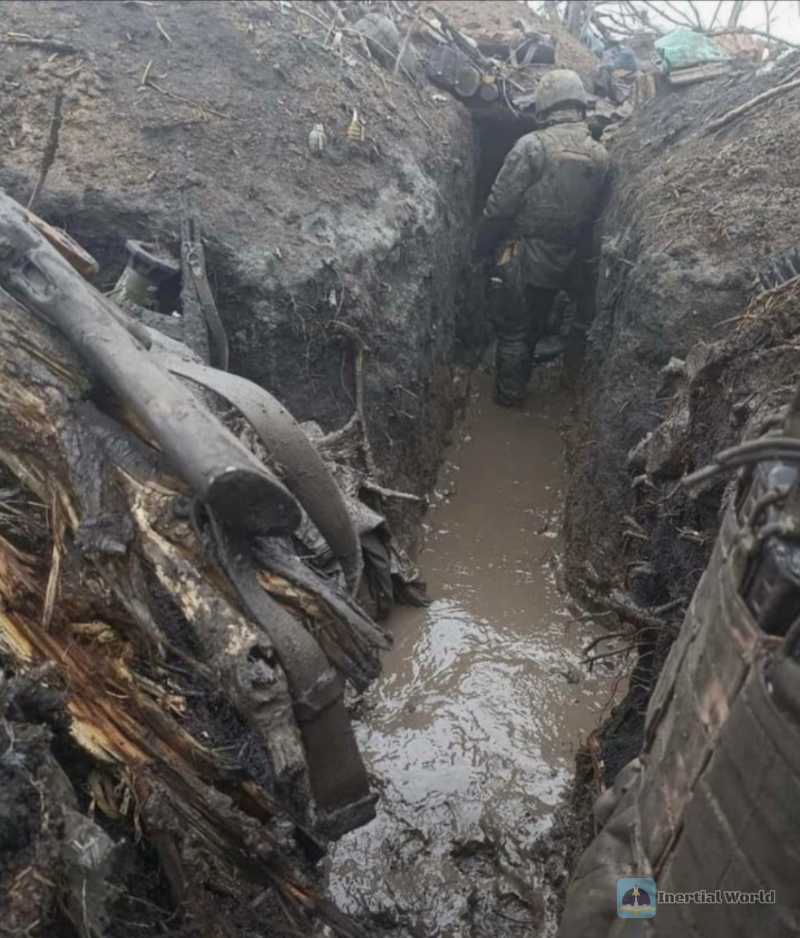
Bakhmut is the most developed city in northeastern Donetsk, with many high-grade roads and railways running through its urban area. The westbound roads include the E40 from Slavyansk and the T-05-04 from Constantinoplevka on the Don River, which passes through Chasov Yar. They all intersect in Bakhmut and then extend eastward. In addition, there are four east-bound roads in Bakhmut, namely, the northernmost one is T-05-13 Road, which runs along the river valley and leads to Seversk, an important town on the Northern Donetsk River; the northeast one is T-13-02 Road, which climbs to the top of the watershed, leads to Kamyanka, and finally arrives at Lischansk. It is the only direct road to Lischansk and Donetsk. After leaving Bakhmut, T-05-04 Road arrives at Popasnaya and extends to Komunarsk: The southeast-bound E40 Road extends southeast to the Dasvetlodarsik defense arc. This defense line is an extremely important fortified defense position established by the Ukrainian army north of Gorlovka and west of Luhansk before the outbreak of the Russian-Ukrainian conflict. In terms of railway transportation, the Bakhmut Railway connects to Chasov Yar in the west and finally reaches Kramatorsk, and connects to Seversk in the north and crosses the Severodonetsk River to reach Hongliman, forming a large railway loop around the northern urban agglomeration of Donetsk Oblast.
This shows the geopolitical importance of Bakhmut. Bakhmut is an extremely important transportation transit station and logistics base for the Ukrainian army to launch campaign operations in the north of Donetsk and facing Luhansk, especially the four roads to the north and east, leading to the defense arcs of Seversk, Lisichansk, Popasnaya and Svetlodarsik. The above four places almost only have this one road as a logistics route. Of course, after the Russian side captured Lisichansk and Popasnaya and broke through the Svetlodarsik defense arc, the only eastward traffic in Bakhmut was the one leading to Seversk. However, this road leading to Seversk connected the two largest settlements in the east of the Ukrainian Slavyansk-Kramatorsk urban agglomeration. Combined with the watershed separating the Kaznitolechi River and the Bakhmutovka River behind the city of Bakhmut, it actually formed the first Bakhmut-Seversk defense zone to defend against the enemy from the east. Bakhmut is both the southern defense base point of the defense zone and the transportation hub of the defense zone. The importance of its battle is self-evident. In fact, for the Russian army, once Bakhmut is captured or fire suppression is formed on the main transportation routes around Bakhmut, the Ukrainian army’s military transportation from Bakhmut to Seversk can be cut off from the south line, which can further isolate the Ukrainian army in the area.
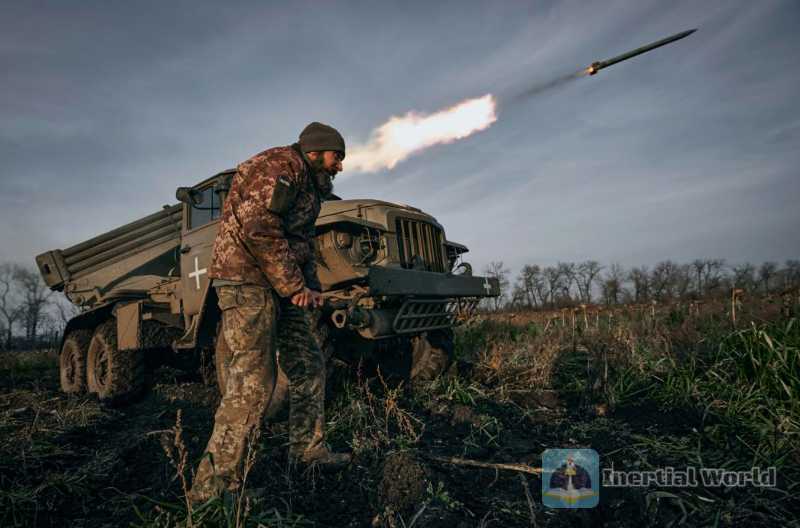
Offensive and defensive deployment
From a military geographical perspective, Bakhmut is low in the center and high in the periphery. Therefore, when deploying defense, the defense of the city should be the main focus, and the defense within the city perimeter should be supplemented. Relying on the overlooking terrain to gradually weaken the momentum of the attacker, the attacker is forced to gradually lose the offensive kinetic energy due to excessive consumption in the upward attack state. Therefore, in the battle deployment, the overlooking terrain near the city should be the defense focus, especially Lumumba Street in the east of the city, Kurdjumivka in the south of the city, Ivanivsk in the west of the city and other key points. In addition, special attention should be paid to Soledar, which is not only the city barrier of Bakhmut in the far and near land and northeast direction, but also the built-up area of the city is narrow and spindle-shaped, which actually crosses the two roads T-05-13 and T-13-02. Even if the attacker cannot capture Bakhmut, if Soledar is captured alone, the T-13-02 road from Bakhmut to Seversk can be cut off, and the attack can be carried out directly to Slavyansk along the E40 road on the flank of Bakhmut. Therefore, the defense of Soledar must be considered separately, and the defense intensity should not be lower than that of Bakhmut itself.
From the Ukrainian army’s defense in Bakhmut, the Ukrainian army basically deployed according to the above assumptions and battle deployment. Fierce battles took place in Lumumba Street in the east of the city, Kodmavisela Dolina in the south of the city, and especially Kurdyumivka. The Russian side paid a heavy price when attacking these key points. As for Soledal, the 6th Cossack Regiment of the 2nd Luhansk Army had conducted a tentative attack after the end of the Severodonetsk-Lisichansk Campaign, but failed. After the Wagner Group took over, it took about half a year to break through Soledal’s defense. As of the deadline of this article (January 13, 2023), the Russian side has announced that Soledal has been captured.
The military geography of Bakhmut determines that once the Ukrainian army loses the overlooking terrain near the city, it will inevitably have a great negative impact on the overall battle deployment. Once the Ukrainian army loses Bakhmut or Soledal, it is very likely that the transportation from Bakhmut to Seversk will be interrupted, making the Ukrainian army in Seversk lose its offensive capability and become an isolated battle salient. No matter which situation occurs, the Ukrainian army will face a difficult choice: whether to increase its forces to counterattack and recapture it, or to decisively abandon Bakhmut, or even abandon the defensive zone east of Slavyansk. However, after losing commanding heights such as Lumumba Street and Kurdjumivka, the Ukrainian army did not abandon Bakhmut. Instead, it mobilized a large number of mobile forces to "fill" Bakhmut in an attempt to turn the tables in one fell swoop. Due to the Russian firepower advantage, these troops not only failed to "turn the tables" but suffered serious casualties. Especially after November 2022, with the successive loss of the commanding terrain around the city, the Russian artillery advantage was brought into play, and the Ukrainian casualties increased dramatically. A large number of Western media reported from the scene that the Ukrainian army lost its combat effectiveness at a rate of almost one battalion per day under the siege of Russian artillery fire. However, the Ukrainian army still sent a large number of troops to Bakhmut. For example, in the Soledar area where fierce fighting has been going on recently, there are only 7 brigade-level units participating in the battle, including the 128th Mountain Brigade, the 24th Machine Brigade, the 61st Hunter Brigade, the 4th Tank Brigade, the 17th Tank Brigade, and the 46th Air Assault Brigade, not including the special forces "Right District" organization and "Azov Battalion" under the Ukrainian Border Guard Bureau. According to statistics, the Ukrainian army has entered Bakhmut to fight. According to statistics, there are 27 brigade-level units. For this reason, many Western media call Bakhmut a "meat grinder"
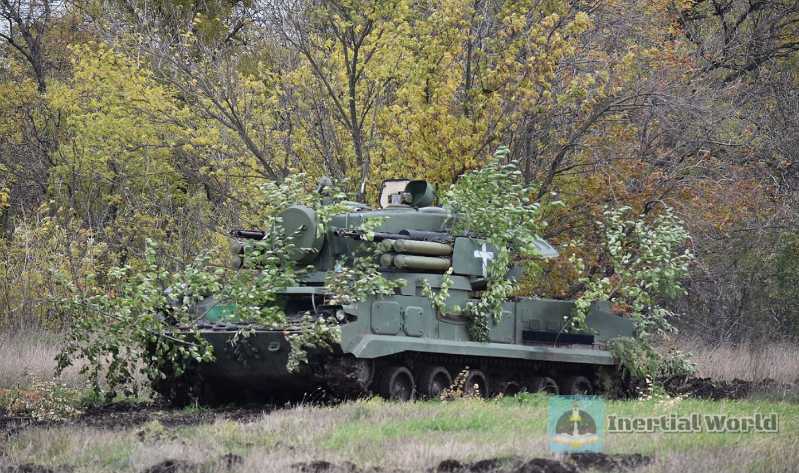
In this regard, the Russian side fully utilized the advantages of its relatively elite infantry units and strong artillery firepower. At the tactical level, the Russian side adopted the "Mangudai" tactics called by Western media as Mongolian style, or the "Mara Farm" tactics that have been successfully used in the Syrian war. The key point of this tactic is to first use elite infantry units to advance and conduct a tentative attack on the Ukrainian army’s defense system, and cooperate with drones to basically understand the front and deep defense systems in the Ukrainian army’s defense area, and then quickly leave the Ukrainian army’s fire control range. Subsequently, under the reconnaissance and calibration of drones and artillery, high-intensity artillery fire encirclement and annihilation was launched against the Ukrainian army’s front-line positions, and cruise missiles and artillery were used. Also with the support of drones, anti-artillery operations were carried out against the Ukrainian army’s brigade-level tactical depth artillery and rocket launchers to weaken the Ukrainian army’s artillery strike effect. After repeated artillery encirclement and annihilation, after annihilating or suppressing the Ukrainian army’s forces in a certain defense area, the infantry unit will advance again to seize the area. If the Ukrainian army uses reserve forces to carry out a counterattack, it will quickly retreat and disengage, and then repeat the above tactics again until the Ukrainian army is unable to fight back.
Although this tactic progresses slowly in the early stages, it can consume a large number of Ukrainian troops. The Russian side thus removes the key control points of the Ukrainian army around Bakhmut one by one, seizes tactical advantages, and gradually transforms tactical advantages into battle advantages against the Ukrainian army cluster in Bakhmut. In fact, as early as November 2022, after the Russian side captured Kurdjumivka, it had formed a two-sided attack on Bakhmut. In response, the Ukrainian army has been reluctant to give up the city of Bakhmut, and still maintains a large number of troops in Bakhmut City, the north of the city and other low-lying areas. At this time, the Russian side is likely to adjust the original "capture Bakhmut as soon as possible" to the primary battle goal of killing the Ukrainian army’s living forces on a large scale.
Gains and losses of both sides
In general, the Ukrainian army did not have too many problems in the battle ideas and battle deployment in the defense of Bakhmut. It clearly made the commanding terrain near and far from the city the focus of defense, and also achieved the main tactical purpose of concentrating troops and firepower to kill the manpower of the Russian offensive group and consume the offensive kinetic energy of the Russian army. However, in the defense of Bakhmut, the Ukrainian army was not resolute and decisive in the battle decision-making, and the opportunistic idea of fighting and watching was serious. After losing multiple commanding terrains around Bakhmut, the Ukrainian army had actually lost its battle advantage. At this time, it either increased its efforts to concentrate its forces to counterattack, or decisively abandoned Bakhmut and retreated to the line of Chasov Yar and Tikhonovka, and reorganized the defense system with the watershed between the Kazinitolechi River and the Bakhmutovka River
However, the Ukrainian army was unwilling to give up Bakhmut when it could not repel the Russian army, but continued to increase its chips and continuously consume its manpower. The Ukrainian army’s decision-making errors in the Battle of Bakhmut also brought quite serious consequences to the entire Donbass war situation. After the Russian army gave up Khryman in October and Kherson in November, the Ukrainian army was in full swing. In Khryman and Kupyansk, the Ukrainian army went straight to the Russian army’s north-south transportation line P66 in Luhansk. The vanguard troops claimed that they would soon recapture Svato and Kremenaya and fight back to Luhansk. Although the Ukrainian army suffered heavy losses in the Kherson direction, with the withdrawal of the Russian side, the Ukrainian army also released more than 10 brigades of valuable mobile forces, which were quickly replenished to the Zaporizhia front. The Russian army in Zaporizhia had less than 10,000 troops, and it was extremely difficult to defend against the Ukrainian army. Once the Zaporizhia defense line was broken by the Ukrainian army, the Russian side’s southern line results would likely be wiped out.
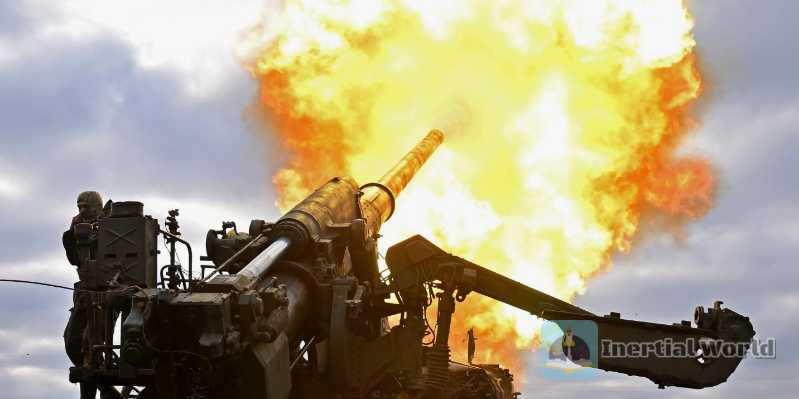
However, the battle of Bakhmut disrupted the rhythm of the Ukrainian army. The Ukrainian army was forced to mobilize troops from other fronts to replenish Bakhmut. As a result, it not only failed to fundamentally improve the current situation in Bakhmut, but also weakened the Ukrainian army’s offensive power in other directions. Up to now, the Ukrainian army has lost its advantage in both manpower and technical equipment on the above two fronts. The manpower in some sections of the front has even been surpassed by the Russian side, which has made the Ukrainian army lose the opportunity to counterattack Zaporizhia and Luhansk.
So, why did the Ukrainian army fight to the death in Bakhmut? On the one hand, between September and October last year, the Ukrainian army took advantage of the empty Russian front-line forces to recapture some land. Especially in November last year, after the Russian side took the initiative to give up Kherson, the Ukrainian army was full of confidence for a while, and kept publicizing to the outside world that the Ukrainian army was fully capable of completely defeating the Russian side. On the other hand, Bakhmut is an important combat base for attacking Luhansk. If Bakhmut is retained, it will be regarded by the Ukrainian government as an important symbol of regaining Luhansk. For this reason, the Ukrainian army hesitated and was reluctant to give up Bakhmut.
On the other hand, the Russian side adopted the method of encirclement movement in the city, removing the Ukrainian army’s battle nodes one by one, and seizing the battle deployment of the overlooking terrain. Although the scale of a single battle is small and the battle progress is slow, it is very suitable for the use of Bakhmut, which has a overlooking terrain outside the city with limited external transportation routes. In terms of battle thinking, the Russian side puts the killing of the Ukrainian army’s living forces first, and does not hesitate to use artillery forces, and regards it as a key force for decisive battles and victories.
The Russian side has basically seized the battle advantage in the Bakhmut area, and even affected the stability of the Ukrainian army’s overall defense in the Donbass region. Obviously, for the Russian side, the battle for Bakhmut is not only about the gains and losses of the battle, but also about the gains and losses of the overall strategy.


